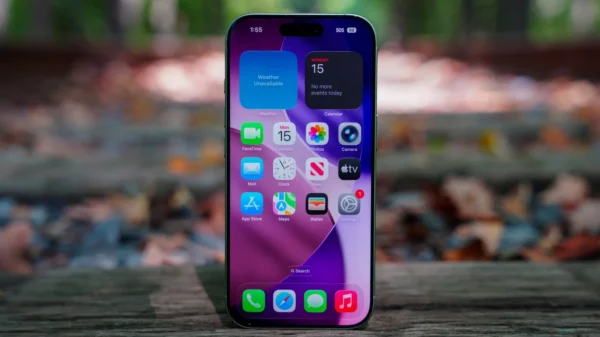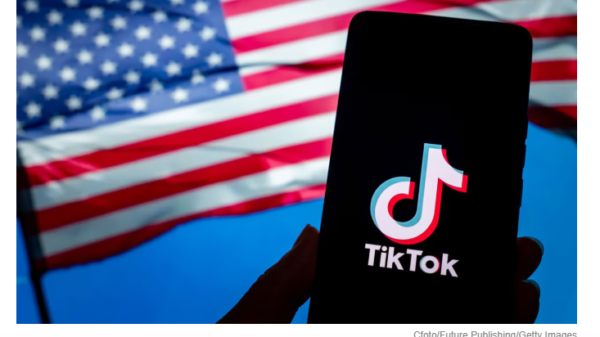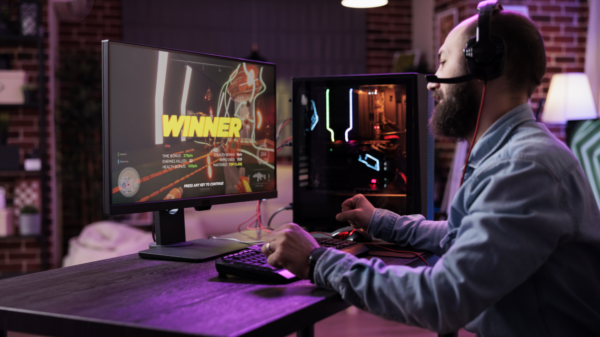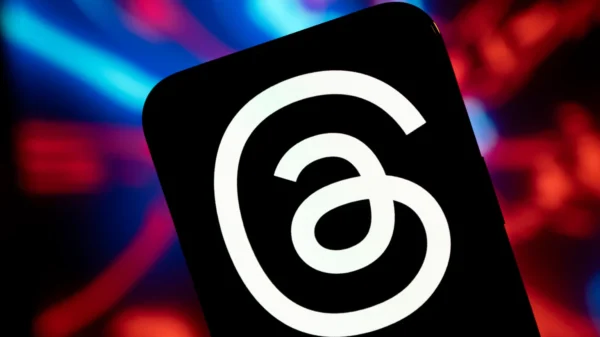
Photo: dji
- Good camera quality and stability
- Long flight time and remarkable range
- Easy to use and transport
- For steady video, use a 3-axis gimbal.
- High price compared to other drones
- Poor obstacle avoidance abilities

Photo: dji
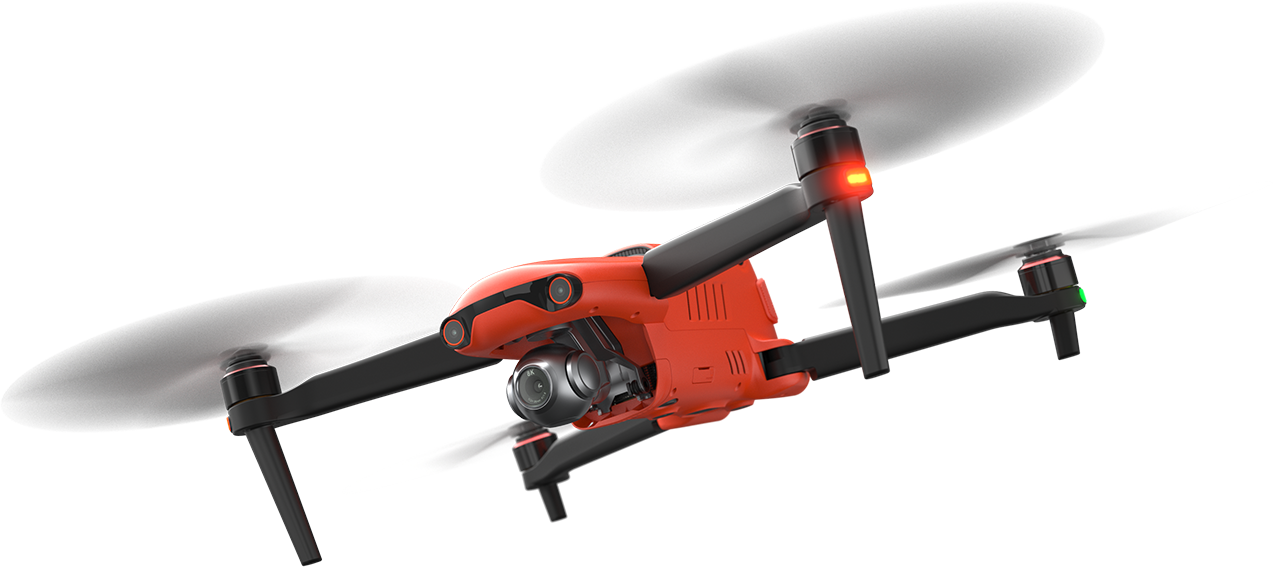
Photo: autelrobotics
- The camera quality of the EVO II is one of its main selling points.
- Featuring a 48MP sensor
- The ability to record 4K video at up to 60 frames per second
- can capture extremely detailed footage.
- The ability of the drone to detect and avoid obstacles in all directions while in flight is a great safety feature.
- Its price, which is more than that of certain other drones on the market
- The remote controller for the drone is less user-friendly than that of competing models, which may make it challenging for novices to use.
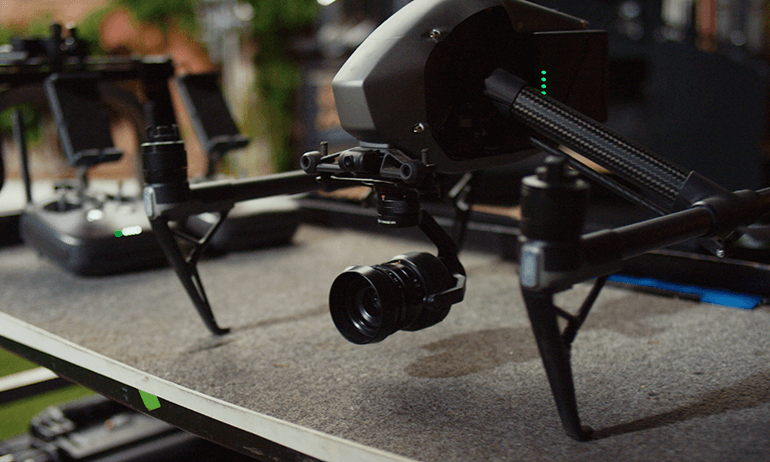
Photo: dji
- The high-quality camera on this drone can record 5.2K footage at 30 frames per second, which is one of its primary selling points.
- The camera is also mounted on a 3-axis gimbal, which offers superb stability and control over the camera's movement.
- DJI Inspire 2 has a long flying time of up to 27 minutes and a range of up to 7 kilometers, making it ideal for filming in various environments.
- The price of this drone is a drawback compared to other models available.
- The DJI Inspire 2 is a hefty and huge drone, which might be a problem in certain scenarios.

Photo: parrot
- Its lightweight and compact design makes it easy to carry along.
- The thermal camera is ideal for industrial inspections, search and rescue operations, and wildlife monitoring.
- A 3-axis gimbal guarantees steady, jitter-free footage.
- Its long flying duration and range make it ideal for various aerial photography and filmmaking uses.
- The ability to navigate around obstacles could be improved.
- There are no side-mounted sensors to detect obstacles for the drone.









